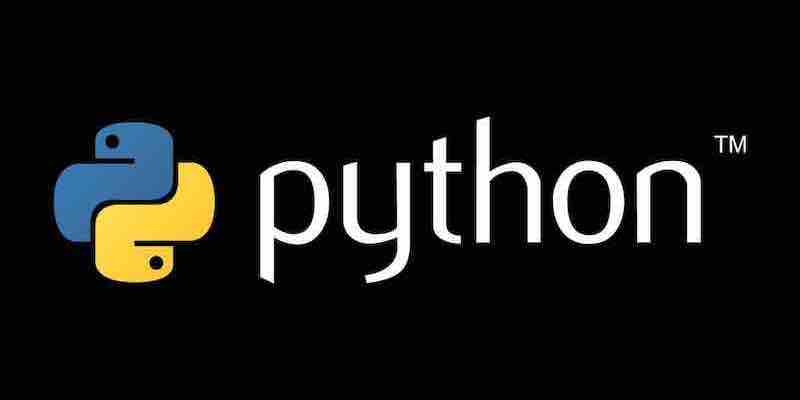Python Dictionary Copying: Creating Independent Copies
Learn how to correctly copy dictionaries in Python and avoid unintended changes. This guide explores different methods for creating independent dictionary copies, including the copy() method, the dict() constructor, and the deepcopy() function.
Python - Copying Dictionaries
Copying a dictionary in Python requires special methods to ensure that the copied dictionary is independent of the original one. Direct assignment (dict2 = dict1) only creates a reference, meaning changes to one dictionary affect the other.
Using the copy() Method
The copy() method creates an independent copy of a dictionary.
Copying Dictionaries in Python: How to Create Independent Copies
Understand how to create a true copy of a dictionary in Python, as opposed to merely referencing the original. Learn to use the built-in copy() method to make independent copies, ensuring changes in one dictionary do not affect the other.

Copy a Dictionary
Dictionary cannot be copied by simply typing dict2 = dict1, because: dict2 will only be a reference to dict1, and changes made in dict1 will automatically be updated in dict2.
There are ways to make a copy, one way is to use the built-in Dictionary method copy().
Example
<<<<<<< HEAD
# Create and copy a dictionary using copy()
thisdict = {
"brand": "Ford",
"model": "Mustang",
"year": 1964
}
mydict = thisdict.copy()
=======
thisdict = {
"brand": "Ford",
"model": "Mustang",
"year": 1964
}
mydict = thisdict.copy()
>>>>>>> 7204fce8 (file_changes1211-2)
print(mydict)
Output
{'brand': 'Ford', 'model': 'Mustang', 'year': 1964}
Using the dict() Function
Another way to copy a dictionary is by using the dict() function, which creates a new dictionary based on the existing one.
Another way to make a copy is to use the built-in function dict().
Example
<<<<<<< HEAD
# Create and copy a dictionary using dict()
thisdict = {
"brand": "Ford",
"model": "Mustang",
"year": 1964
}
mydict = dict(thisdict)
=======
# Make a copy of a dictionary with the dict() function
thisdict = {
"brand": "Ford",
"model": "Mustang",
"year": 1964
}
mydict = dict(thisdict)
>>>>>>> 7204fce8 (file_changes1211-2)
print(mydict)
Output
{'brand': 'Ford', 'model': 'Mustang', 'year': 1964}
Key Takeaways
- Direct assignment (
dict2 = dict1) only creates a reference, not a new dictionary. - Use
copy()ordict()to create an independent copy of a dictionary. - Both methods ensure the original and copied dictionaries are separate, preventing changes in one from affecting the other.